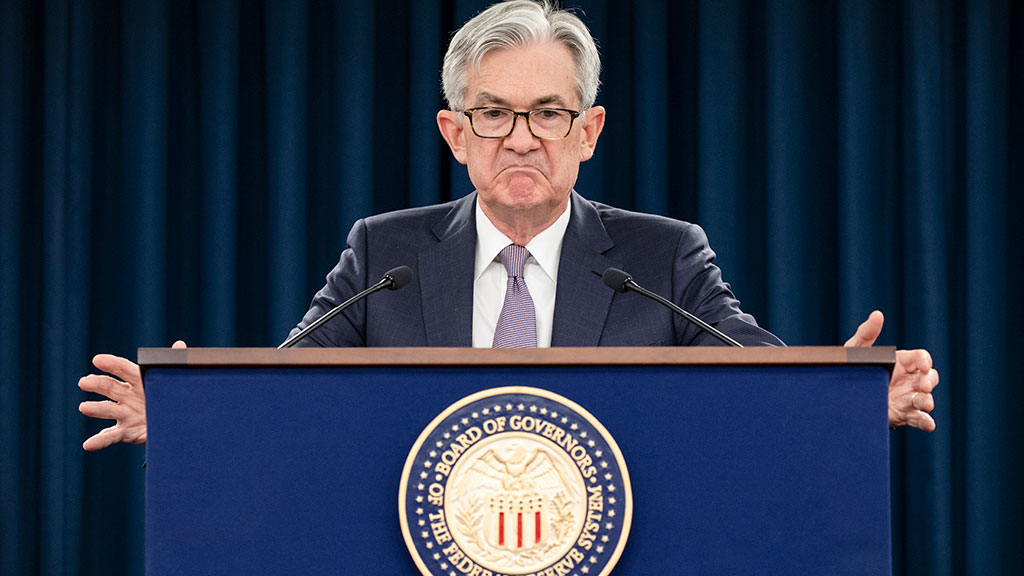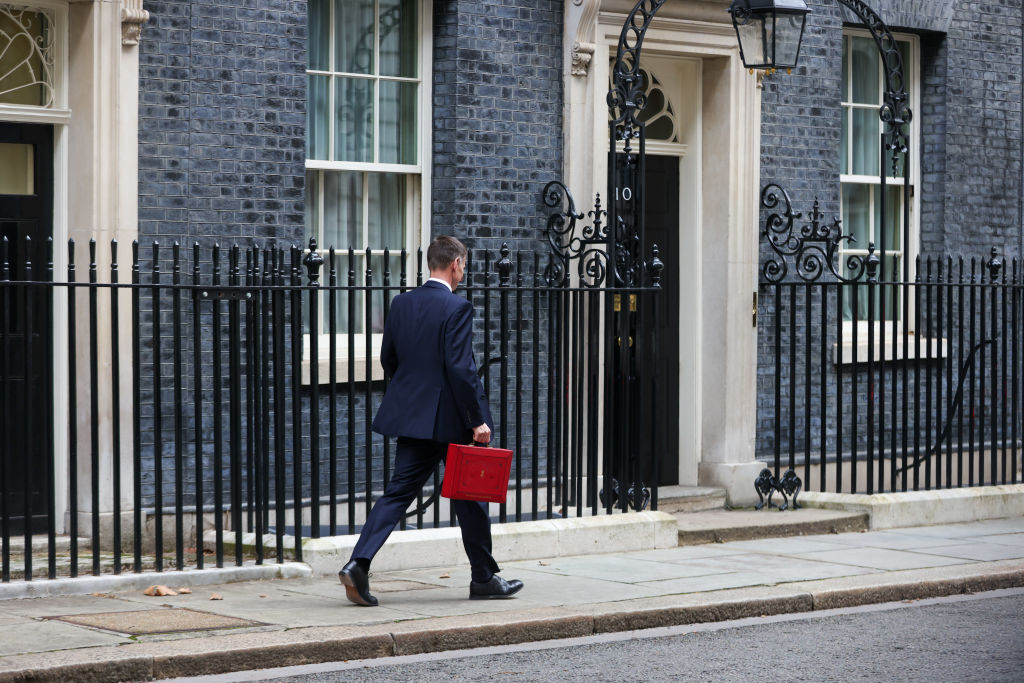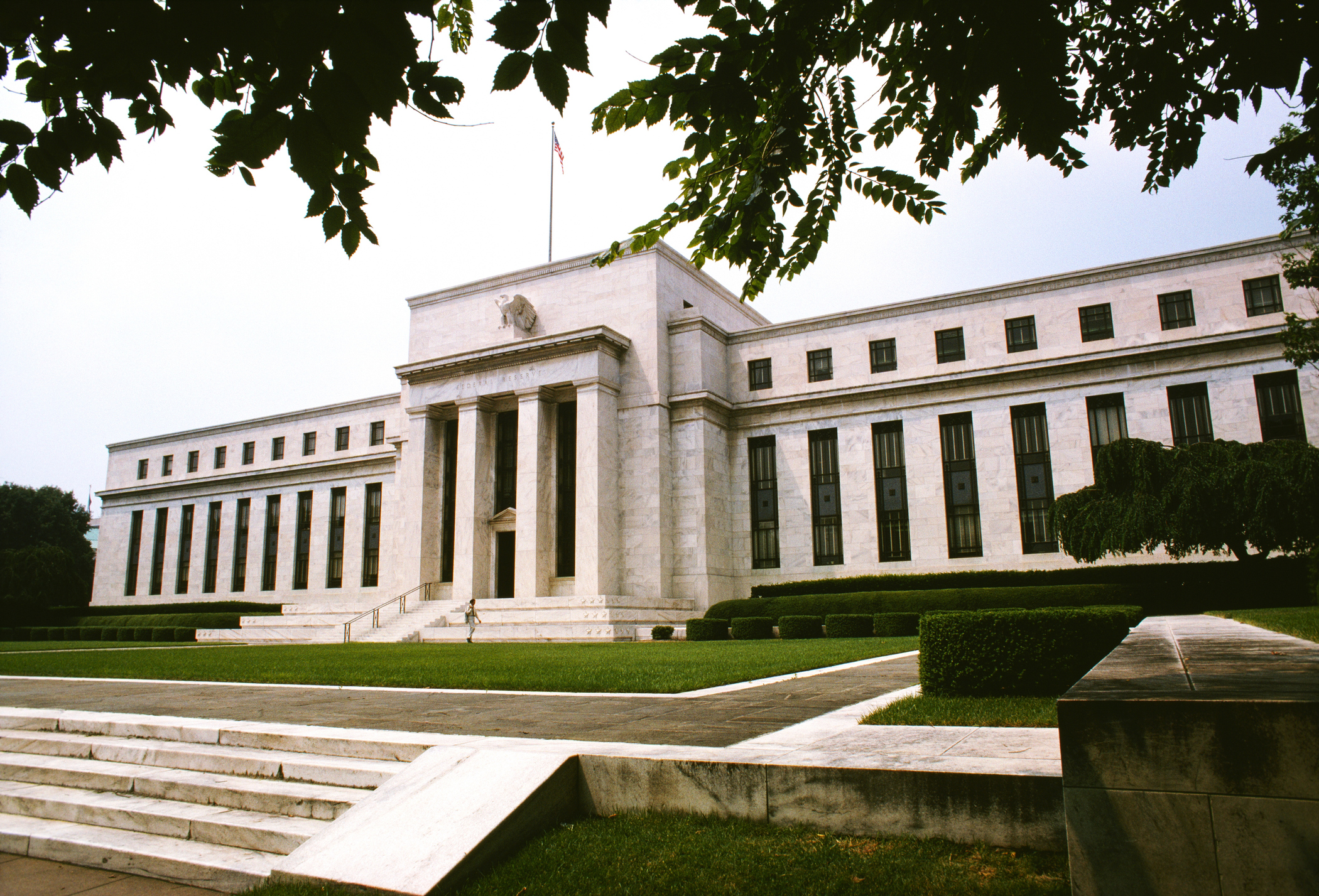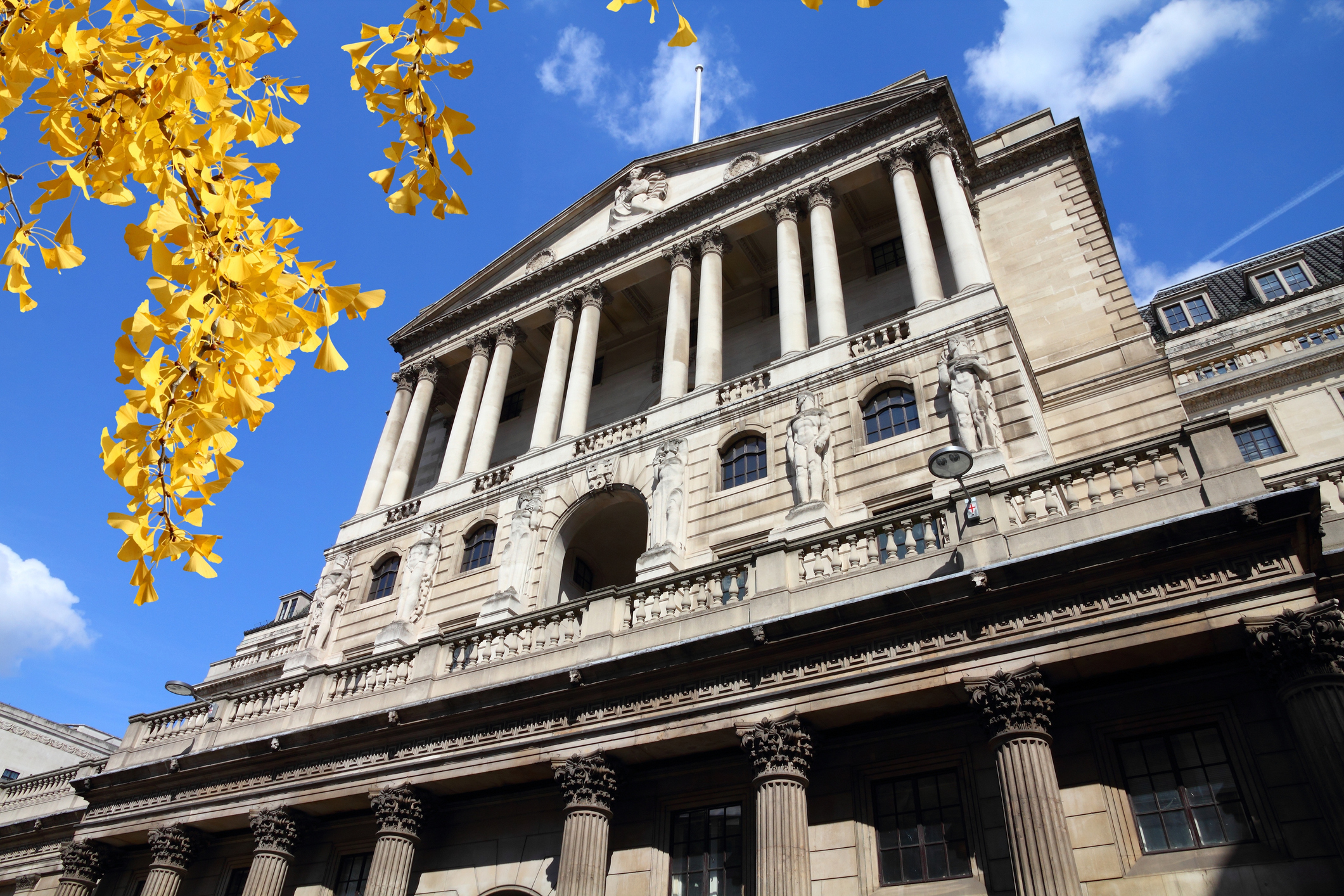It’s still “inflation or bust” as far as the Fed is concerned
The latest interest-rate meeting of the US Federal Reserve has confirmed what markets already knew – central banks are pursuing "inflation or bust” policies. John Stepek explains what that means for you.


Meetings of the US central bank – the Federal Reserve – are usually really important to markets. The Fed, after all, is in charge of the US dollar, which is the world’s most important currency. Its policies affect the US economy, which is the world’s most important economy. Its decisions on interest rates affect the spending power of the US consumer, arguably the world’s most important source of demand.
So did anything worthwhile come out of last night’s meeting, the first of 2020? At first glance, it seems not. But it’s worth taking a second look.
Another dull monetary policy meeting
Last night, the Federal Reserve’s interest-rate setting body, the Federal Open Markets Committee, announced its latest decision on interest rates. Nothing changed at a headline level. The Fed’s target interest rate remained in its current range between 1.5%-1.75%. That’s what was expected.
MoneyWeek
Subscribe to MoneyWeek today and get your first six magazine issues absolutely FREE

Sign up to Money Morning
Don't miss the latest investment and personal finances news, market analysis, plus money-saving tips with our free twice-daily newsletter
Don't miss the latest investment and personal finances news, market analysis, plus money-saving tips with our free twice-daily newsletter
Nor did the Fed make any big announcements on its repo market interventions, or “not-QE4” as it’s been nicknamed by wags in the financial markets. (Put simply, the Fed is printing money to buy very short-term bonds to reduce market fears about liquidity drying up. In turn, that helps it to do the job of keeping interest rates within its target range).
Coronavirus was noted as a “serious issue” (in the press conference) but it isn’t something the Fed appears to be worried about as yet in terms of its economic impact. And inflation certainly isn’t something the Fed is worried about. If anything, the Fed is still fearful of the downside.
I’ll come back to inflation in a moment. But overall, none of this was unexpected or surprising. Fed boss Jerome Powell has ceased to startle markets. They now know that he’s on board with the idea that the Fed’s job is to keep monetary policy as loose as an ever-rising stockmarket requires.
Indeed, as John Authers puts it on Bloomberg, it was a very boring meeting. In fact, in his experience of covering these meetings, the only one he could think of that was duller was a meeting in May 2006. Of course, as Authers also points out, that was right as US house prices were about to peak, and everything was about to go pear-shaped. “By making life so predictable for markets, the Fed had created the conditions for complacency and excessive speculation.” (I remember myself that 2006-2007 were indeed strikingly boring, given what came next. But then, as Hyman Minsky concluded, stability breeds instability).
The big feedback loop between the market and the Fed
It’s pretty clear to everyone (except maybe some economists) that there’s an obvious feedback mechanism between central banks and markets. The Fed watches the markets, and the markets watch the Fed. They both second-guess each other.
At the moment, the Fed is clearly dovish. So if the market itself is even a little bit worried about economic growth – ie, if the market thinks we’re heading for recession – that in turn points to lower interest rates. It then makes sense for the market to price that in. The Fed then faces consequences if it doesn’t meet market expectations. And so the cycle of feedback continues (“reflexivity”, as George Soros calls it).
What stood out to me this time was Powell’s pretty clear message that the Fed is not interested in inflation hitting 2%; it wants inflation to be a good bit higher. “Inflation that runs persistently below our objective can lead longer-term expectations to drift down, pulling actual inflation even lower.”
But if the Fed wants inflation to rise, then (according to theory at least, and that’s what policymakers are still driven by) monetary policy might need to be even looser.
On that front, it’s worth noting that the yield curve inverted again yesterday. The yield on three-month US government bonds (Treasuries) rose above that on ten-year Treasuries. Now, I prefer to focus on the gap between the two-year and the ten-year, but this one’s important too. It’s a classic recession indicator. History (since World War II, at least) shows that once the yield curve has inverted, the clock is ticking on the next big downturn. It usually happens within about two years.
That said, it inverted last year too. So in all honesty, we don’t get that much additional information from it inverting again. The curve doesn’t have to stay inverted for it to mean a recession is coming.
But in this case, you can almost see it as a warning shot across the Fed’s bows. This is the market saying: “You think you can keep rates where they are and get inflation higher? We don’t think so. You’re going to need to make more cuts sooner than you think, and if you don’t, then we’ll throw a wobbly and that’ll make you cut rates.” As Brian Chappatta points out, also on Bloomberg, the slide in short-term yields came as Powell made his comments about inflation.
How much does all of this matter for your money? It only confirms what we already knew – politicians and central banks are all edging towards “inflation or bust” policies, and your portfolio should be prepared for that (make sure you own some gold, basically). So on a day-to-day basis it doesn’t matter much at all, assuming you’ve already got a plan in place.
In the longer run, you do have to wonder how much longer we can continue with current policies, without at least acknowledging the distortions that all of this causes in our ostensibly free markets. Is it really a good idea to have one committee sitting in a room every month, trying to set the risk-free rate for the entire world? If we think that central planning is a poor way to do other things, why is it a good idea for the price of money?
That said, I thought that some of this would at least come out in the wash after the 2008 crisis, but more than ten years on, I’m still waiting. Maybe it’ll never happen.
Get the latest financial news, insights and expert analysis from our award-winning MoneyWeek team, to help you understand what really matters when it comes to your finances.
John Stepek is a senior reporter at Bloomberg News and a former editor of MoneyWeek magazine. He graduated from Strathclyde University with a degree in psychology in 1996 and has always been fascinated by the gap between the way the market works in theory and the way it works in practice, and by how our deep-rooted instincts work against our best interests as investors.
He started out in journalism by writing articles about the specific business challenges facing family firms. In 2003, he took a job on the finance desk of Teletext, where he spent two years covering the markets and breaking financial news.
His work has been published in Families in Business, Shares magazine, Spear's Magazine, The Sunday Times, and The Spectator among others. He has also appeared as an expert commentator on BBC Radio 4's Today programme, BBC Radio Scotland, Newsnight, Daily Politics and Bloomberg. His first book, on contrarian investing, The Sceptical Investor, was released in March 2019. You can follow John on Twitter at @john_stepek.
-
 UK wages grow at a record pace
UK wages grow at a record paceThe latest UK wages data will add pressure on the BoE to push interest rates even higher.
-
 Trapped in a time of zombie government
Trapped in a time of zombie governmentIt’s not just companies that are eking out an existence, says Max King. The state is in the twilight zone too.
-
 America is in deep denial over debt
America is in deep denial over debtThe downgrade in America’s credit rating was much criticised by the US government, says Alex Rankine. But was it a long time coming?
-
 UK economy avoids stagnation with surprise growth
UK economy avoids stagnation with surprise growthGross domestic product increased by 0.2% in the second quarter and by 0.5% in June
-
 Bank of England raises interest rates to 5.25%
Bank of England raises interest rates to 5.25%The Bank has hiked rates from 5% to 5.25%, marking the 14th increase in a row. We explain what it means for savers and homeowners - and whether more rate rises are on the horizon
-
 UK inflation remains at 8.7% ‒ what it means for your money
UK inflation remains at 8.7% ‒ what it means for your moneyInflation was unmoved at 8.7% in the 12 months to May. What does this ‘sticky’ rate of inflation mean for your money?
-
 Would a food price cap actually work?
Would a food price cap actually work?Analysis The government is discussing plans to cap the prices of essentials. But could this intervention do more harm than good?
-
 Is my pay keeping up with inflation?
Is my pay keeping up with inflation?Analysis High inflation means take home pay is being eroded in real terms. An online calculator reveals the pay rise you need to match the rising cost of living - and how much worse off you are without it.


